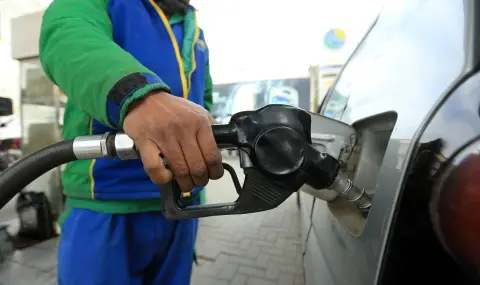The average gas price in Europe in the first quarter increased by more than 1.6 times compared to the same period last year to about 509 USD per 1000 cubic meters, according to data from the London Futures Exchange ICE. At the same time, quotes during the heating season jumped by 36% due to high levels of withdrawal from underground storage facilities.
Over the past winter (December 2024 - February 2025), the price of gas increased by 1.5 times - to 516 USD.
The average gas price in March fell by 14% compared to February to about 467 USD, but is 1.5 times higher than March 2024. If on February 28, gas futures were trading around $475 per 1,000 cubic meters, then on March 31, trading closed at $450 - 5% lower than at the end of last month.
In September 2024, the average gas price in Europe was around $416 per 1,000 cubic meters (down 0.3% year-on-year), in October - $456 (-11%), in November - $491 (-4%), in December - $489 (+20%), in January 2025 - $517 (+53%), in February - $542 (+88%) and in March - $467 (+55%).
The increase in gas prices is due to a number of factors. This is largely due to the near-record rate of gas withdrawals from European underground storage facilities (UGS) amid the cold weather. Currently, European underground gas storage facilities are less than 34% full and contain around 37.5 billion cubic meters of gas. Since the start of the heating season at the end of October 2024, EU countries have withdrawn 74.5 billion cubic meters from storage. Net withdrawals exceed 68 billion cubic meters.
At the same time, Europe will need more gas to fill storage facilities this summer and, given the limited introduction of new capacity into the market, will have to compete for LNG with Asia, whose demand for the fuel is growing. The Gas Exporting Countries Forum even predicted that summer gas exchange prices would be higher than in winter, undermining the economic feasibility of pumping gas into underground gas storage.
The low share of wind power in EU electricity generation in winter created additional demand for gas for electricity generation. In addition, the suspension of Russian gas transit to Europe via Ukraine gave an additional boost to prices. The transit contract expired on January 1, 2025 and provided for the pumping of 40 billion cubic meters per year. However, Ukraine’s refusal to extend the agreement deprived Gazprom of the technical and legal ability to supply fuel along this route, which is why supplies were suspended.
By the end of February, gas prices had reversed sharply against the backdrop of warming in the region and the start of negotiations between Russia and the United States. In March, the weather became even warmer and withdrawals from underground gas storage fell sharply, although they remain 28% higher than the previous year, and the heating season is not yet over.
